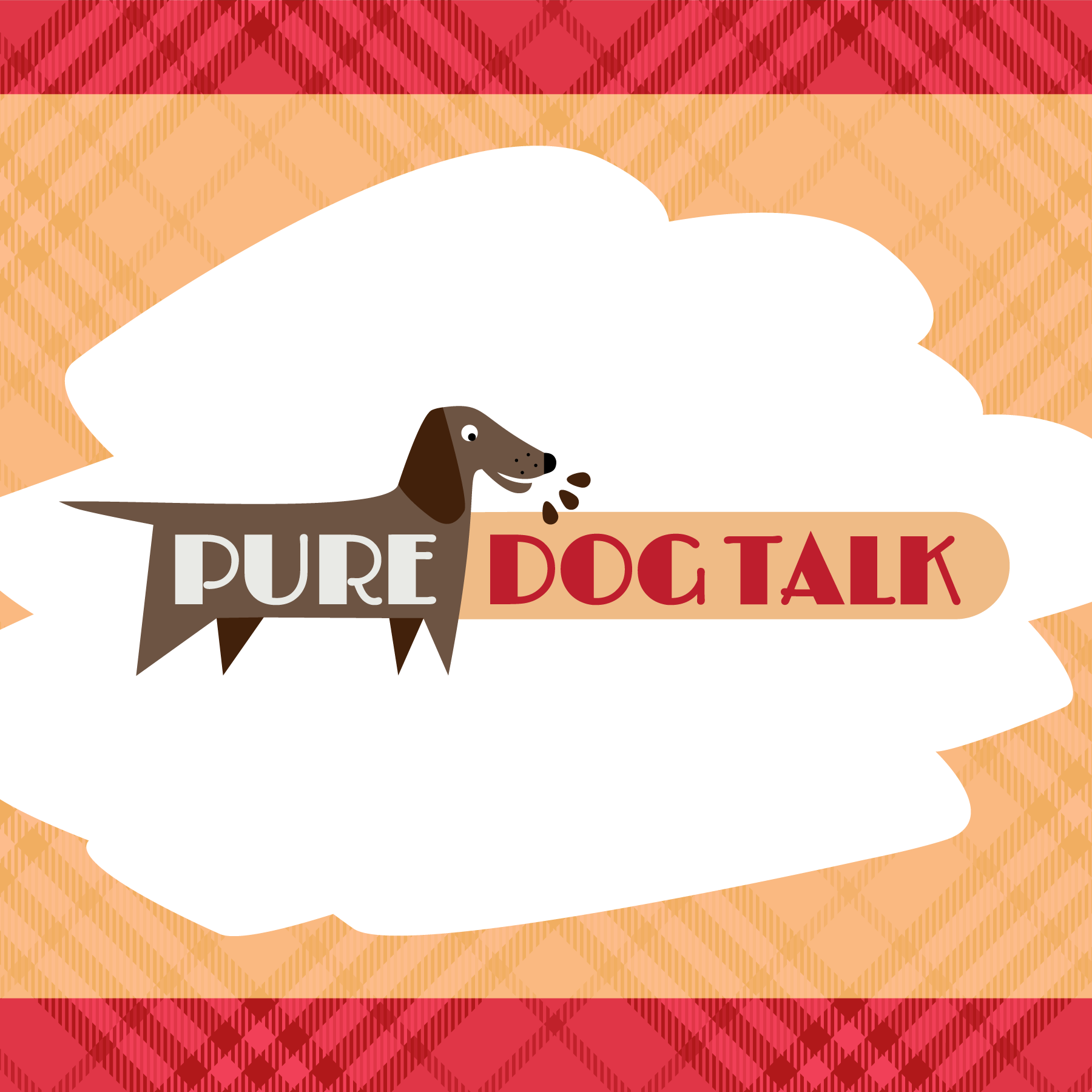“Guts and Governance” of purebred dogs, the Bull Terrier, and Breeders
Hon. David Merriam was given a White Bull Terrier in 1953. “Gigi” was the gift that keeps on giving, starting a 65-year love affair with the breed and purebred dogs.
When Merriam was given Gigi, he had some Collies. “They were not very good collies, conformation-wise,” he said. “Then I was given this bull terrier and she won quite a bit,” he added, in regard to why he’d chosen the Bull Terrier breed. “And winning is better than losing. They grow on you. You become very chauvinistic about them.”
Judging Similarities in Court or in the Ring
Merriam was a trial court judge in Southern California for 20 years and president of the Golden State Bull Terrier Club while still in law school.
“There’s a similarity in judging law cases and dog shows,” said Merriam, who presided over Best in Show at Westminster Kennel Club in 2015. “Each has a standard. AKC has a standard for each breed. In the courts the standard is known as the law. In the courts you receive evidence… testimony or physical evidence. In a dog show the evidence is the dogs in front of you. What you see and feel and the application of the standard to those animals.”
History and Judging of Bull Terriers
The essence of the Bull Terrier is the head, Merriam noted. “It’s an egg-shaped head. It’s only commonly been found in the last 20 years or so. Heads have improved enormously. Alva Rosenberg said, ‘Close your eyes, put your hand on the head. It should feel like a velvet egg.’”
The breed was developed as the *white* bull terrier, Merriam said. “Those devoted to the White Bull Terrier thought the Colored dogs were mongrels,” he added. “It wasn’t until the late 1930s that the Colored Bull Terrier was imported to the US from England. There were huge fights within the bull terrier club and the American Kennel Club about recognition of the variety. “Colored (bull terrier) development was slow. It wasn’t until the ‘70s that the quality began to be developed,” he observed.
“It’s been a successful marriage,” Merriam said of the two varieties. He remarked on some problems associated with white bull terriers, including deafness and skin problems. Research by the BAER hearing test program showed that “(In) white to white (breedings), one-third of the litter would have some hearing deficiency. White to colored that went down to 6 percent.”
BTCA presented the information to breeders, who then found value in the Colored variety and began using them in breeding programs. “If you give competent breeders the tools and the information, they’ll help correct the situation,” Merriam said.
Guts and Governance
As a long-time AKC delegate and past Chairman of the Board of Directors, Merriam noted that the “guts” of the sport is at the level of the next dog show and the next breeding.
“The governance of it, whether in the delegate body or the Board of Directors, is of lesser interest to all the people here at the dog show,” Merriam said. “How many exhibitors or breeders read the minutes of the board meetings? They only become aware of those when a new regulation comes down.”
Calling himself a “traditionalist,” Merriam challenged some of the ideas and directions of the American Kennel Club.
“If I were king, I would divide the kennel club,” Merriam stated. “I would have the traditional part of conformation and field trials in one group and then I would have all of the other (companion events) in another group. … Each of the two organizations would have to support themselves.”
“The most important thing,” Merriam said in summary, “is that each breed has a coterie of outstanding breeders. They are what moves the breed ahead. Nothing that AKC does change that.”
We hope you enjoy this thought-provoking, challenging, and fascinating conversation with one of the legends of our sport.



